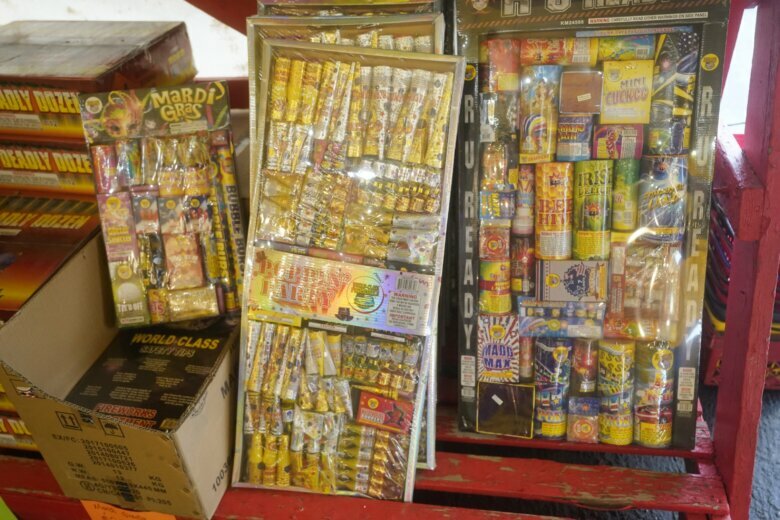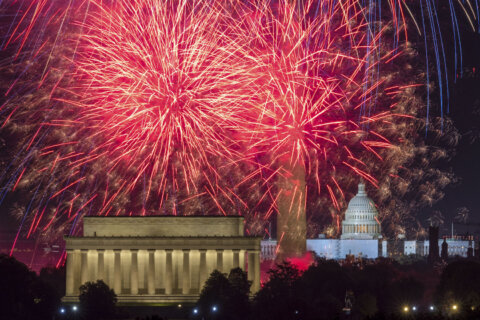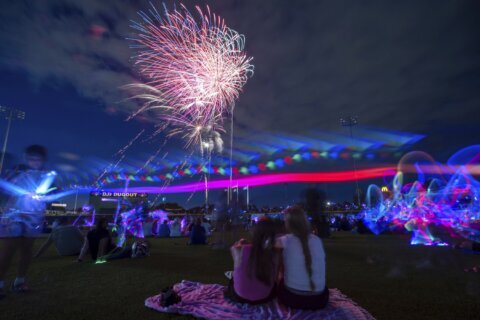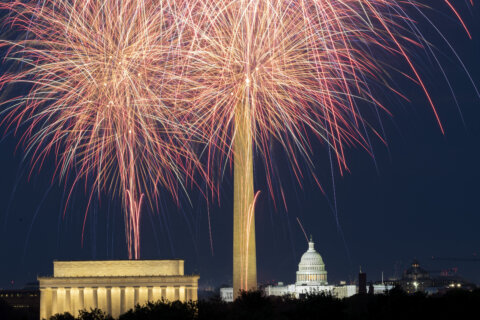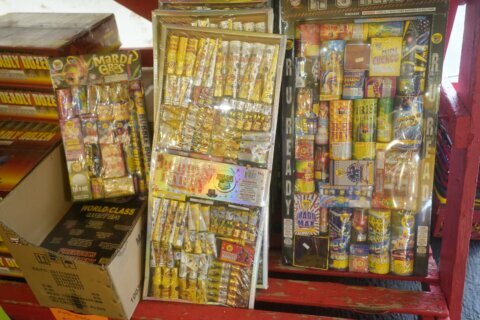
Professional firework displays are back this July Fourth after festivities were canceled due to the coronavirus pandemic last year.
Safety officials are hoping that will keep people out of the hospital.
“We do not want you to spend your Fourth of July in the emergency room,” said Patty Davis, spokesperson for the U.S. Consumer Product Safety Commission.
The agency found a 50% jump in deaths and injuries from consumer-type fireworks last year.
“They burn at 2,000 degrees and that is as hot as a blowtorch,” said Davis.
She said at least 18 people died from fireworks-related incidents in 2020, compared to 12 in 2019.
About 15,600 people were treated in emergency rooms for firework injuries last year, compared to 10,000 in 2019.
If you are using fireworks at home, David said put the beer down first.
“Alcohol and drugs and fireworks do not mix. Eight of the 18 deaths last year involved someone who had used alcohol or drugs prior to the incident,” said Davis.
If you are setting your own fireworks, light them one at a time and “keep a bucket of water or garden hose handy when you’re using fireworks,” Davis added.
Young adults ages 20 to 24 saw the biggest spike in visits to hospital emergency rooms for fireworks-related injuries, compared to any age group last year, with 17 injuries per 100,000 people in 2020 versus 2.8 per 100,000 people in 2019.
Firecrackers were the biggest source of emergency room-treated fireworks injuries followed by sparklers, according to the CPSC.
The parts of the body most often injured were hands and fingers at 30%, following by the head, face and ears at 22%. Eye injuries ranked third at 15%.
Burns were the most common fireworks-related emergency room-treated injury at 44%, according to the CPSC.

